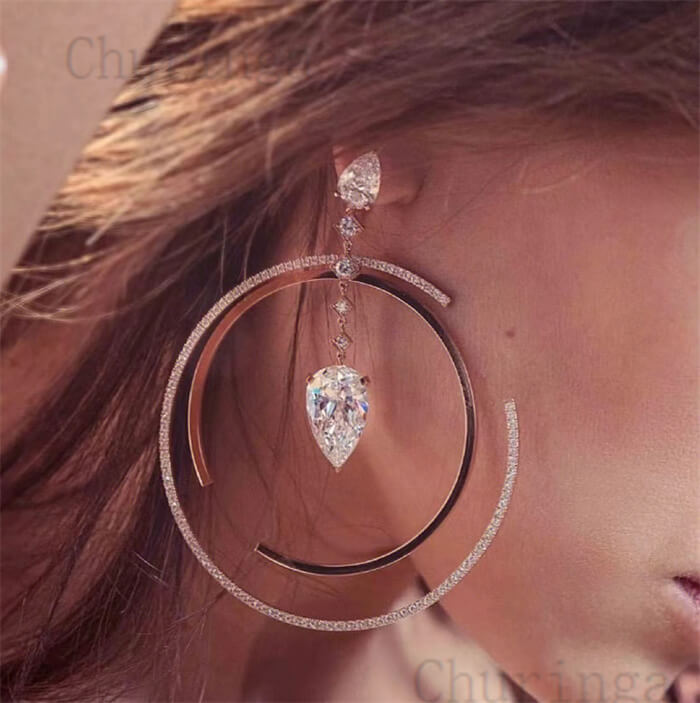Instrument calibration is one of the primary processes used to maintain instrument accuracy within an acceptable range as a vital aspect of quality control. Calibration involves everything from the geometric parameters on drawing specifications to methods used to measure and inspect precision metal parts. In theory, instrument calibration is absolute but there are many reasons why it is not exactly absolute and calibration standards are not without challenges.
While there are accepted temporal intervals, technically a device could sometimes be out of calibration within minutes of it having been calibrated. There are also some instances where there are simply no recognised standards for calibration.
The term ‘calibration’ however, is subject to some interpretation. Should you calibrate a device to bring it back into specification or should you simply be checking devices to establish if they are still functioning within a specified tolerance?
Although measuring equipment should always be calibrated, there are certain functional aspects of manufacturing equipment that need to be within specifications too, so must also be calibrated.
From a practical standpoint, a possible trade-off should be made between the desired and acceptable level of product performance and the effort associated with accomplishing instrument calibration.
Tolerances and Dependencies
Generally, manufacturers want instrument calibration to be an independent reference of an immutable standard. However, there is still some dependency between the existing and accepted standards and everything that is measured thereafter down the supply chain. This means there will always be a series of contingencies in the execution of any calibration system as well as tolerances in the system.
To send a piece of equipment out for calibration you should consider the tolerances and account for the tolerance of the device being calibrated as well as the tolerance of the pin used to calibrate the device and the tolerance of the lab that performs the task.
Calibration Corroboration Across Devices
The question of whether calibrated measuring is actually consistent measuring is another potential issue, especially when precision parts have very small measurements. It is thus important that users are not just measuring with the same devices but also that the devices are calibrated and corroborated using the same method and to the same tolerance to avoid discrepancies.
Distinctions in Calibration Standards
While the goal of instrument calibration is to minimise uncertainty by ensuring the accuracy of equipment as best as possible, in the end, there are really only three distinctions in calibration standards that are most important.
- Obvious and traceable standards such as calibrated pins for pass-fail inspection of lengths or diameters.
- Calibration for temperature and other characteristics for where there are no objects that define the standards.
- Those things for which there are no calibration standards at all, such as Eddy Current Testing (ECT) which is a method used to inspect metal parts for surface flaws like cracks or voids in the metal.
Steelmor is the leading supplier and manufacturer of stainless steel in South Africa. Instrument calibration is vital to maintaining our quality control standards so that we continue to deliver high-quality parts that meet your specifications. Give us a call today on 011 747 5700 for advice and products.

